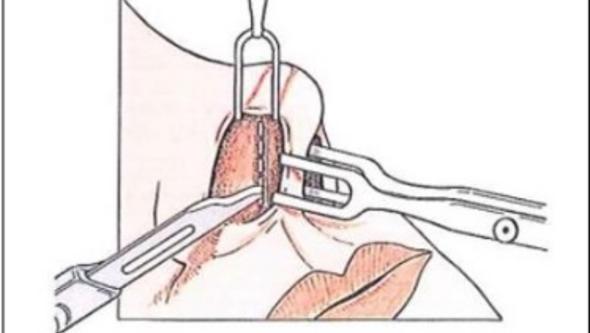Septoplasty-predicting the outcome
On February 3, Lars Pedersen defended his thesis for Doctor of Philosophy in Medical Science at the Institute of Clinical Sciences, Sahlgrenska Academy, in the research subject of ear-nose-throat diseases.
The title of the thesis is: Septoplasty-predicting the outcome
MORE INFORMATION ABOUT THE DISSERTATION
Time: February 3, 2023 at 09:00
Venue: Hjärtats aula, Blå stråket 5, Sahlgrenska University, Gothenburg
Supervisor: Johan Hellgren
Co-Supervisor: Kenneth Holmberg, Cecilia Ahlström Emanuelsson, Linus Schiöler and Sverre Steinsvåg.
Opponent: Krister Tano, Umeå universitet, Umeå
Examining Committee: Göran Kjeller, Anette Drøhse Kjeldsen and Harald Hrubos-Strøm
Area
Health and
medicine

